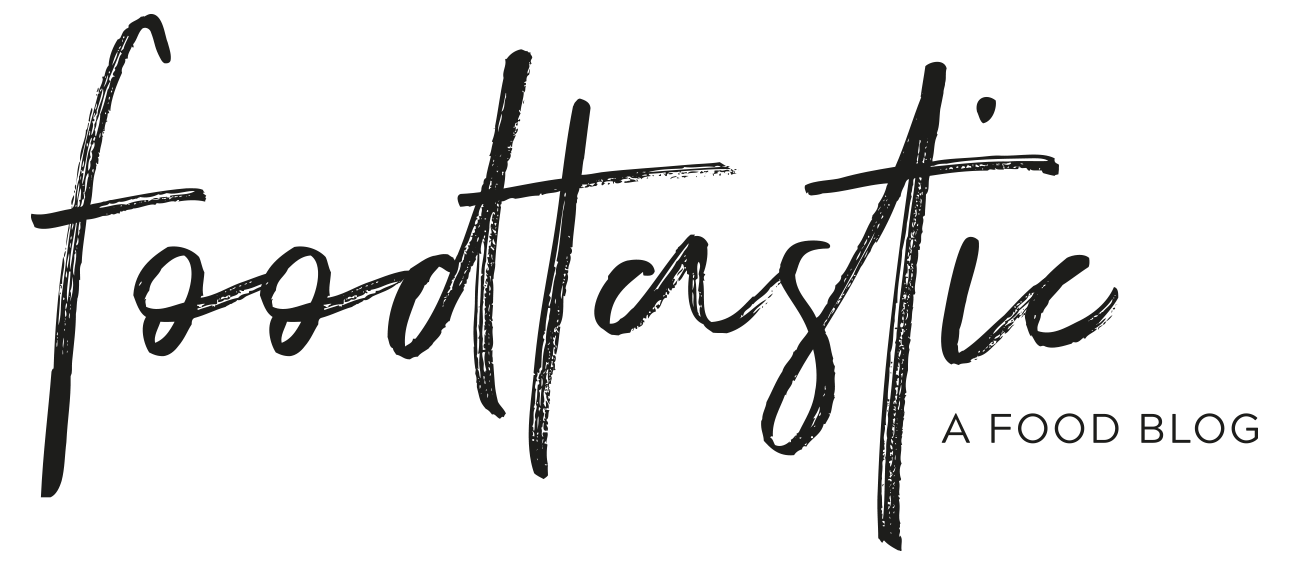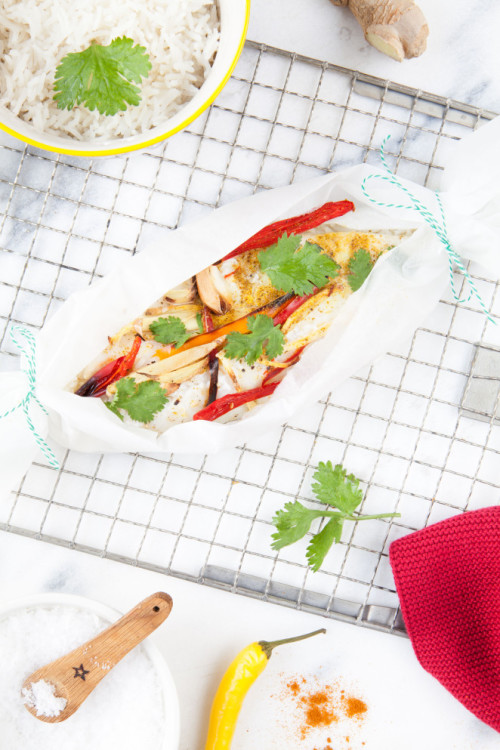“Die Fischerin vom Bodensee” & Fish meets Coconut Rice Pudding
Have you ever seen the ancient film „Die Fischerin vom Bodensee“ (the fisherwoman from Bodensee)? Well, maybe it's not exactly ancient, it was made in 1956 and is one of those folksy, sentimental Austrian movies. Admittedly, I've never actually watched it all the way through, but the title song Lied I've heard many times before. They even called me the fisherwoman from Bodensee during my internship in Copenhagen, referring to my last name and provenance (Vorarlberg). One of my work colleagues thought this was hilarious and until today hasn't stopped calling me Fischlein (little fish). And even though I have actually caught a very big fish once, in New Zealand, and have on occasion been known to go fishing, like a fisherwoman, this doesn't mean it has anything to do with my name. Obviously. But eating fish? Yes please and as much as possible!
„Die Fischerin vom Bodensee ist eine schöne Maid, juchhee; ….
Und fährt Sie auf den See hinaus, dann legt sie ihre Netze aus,
schon ist ein junges Fischlein drin, im Netz der Fischerin.“(Rough translation:
The fisherwoman from Bodensee is a beautiful maid;
She's out on the lake on a boat and casts her nets,
and lo and behold, there's a small little fish already caught, in the fisherwoman's net.)
For me, buying regional produce makes the most sense and in the fish department, there's plenty to choose from. During the season, the Bodensee and other local lakes and rivers offer up a fine selection and in the off-season, local market fishmongers sell a great variety of sweet and saltwater fish. Wild salmon, skrei (winter cod), gilt-head bream and many more provide variety and can be prepared in a number of ways: fried, steamed, in a salt crust or grilled.
Fish are essential for our nutrition. They contain easily digestible protein, many important vitamins, minerals and trace elements as well as healthy fish oil. The fat content in a fish consists mainly of polyunsaturated fatty acids. Fish are rich in selenium, which has an antioxidant effect and protects our cells against toxins. This is the reason one to two portions of fish per week are highly recommended.
Our body absorbs the healthy nutrients in fish and seafood quickly and easily and therefore processing them doesn't put any strain on our system. Fish also contains essential B-vitamins such as B1, B2, niacin, B6 and B12 as well as the fat-soluble vitamins A, D, E, and K. It is rich in Omega-3 fatty acids, which have a positive effect on our blood lipid concentration. Scientist attribute a number of positive characteristics to Omega-3 fatty acids. Long-chain omega-3 fatty acids, in salmon, for example, reduce the risk of contracting certain metabolic disorders, high blood pressure and coronary artery disease. Eating fish twice a week would therefore be ideal.
For this recipe, I've kidnapped some regional trout and dressed it up in an exotic coat that of course involved ginger, coconut milk and coriander.
Ginger - deliciously spicy, deliciously healthy
Have you ever tried to eat a piece of raw ginger? Pretty spicy, isn't it. But ginger is not just spicy in your mouth and throat, your cheeks might redden, your nose start running, you might feel warm all over. All this is caused by gingerol and other pungent components in the root, said to activate heat receptors in the body.
In Roman times, this healing root was so valuable, it was heavily taxed. Over time, ginger has found its way into medicine and our kitchens more and more. The root, once predominantly used in medicine, originally stems from south Asia. In the middle and far east, ginger root was even said to have aphrodisiac qualities.
Ginger root can be consumed unpeeled, peeled or ground. It works wonders against motion sickness and is a stimulant as well as an anti-convulsant. Ginger alleviates stomach cramps, fever and circulatory disorders and promotes digestion.
Many people use it for colds and sore throats. Just cut up a piece of ginger root and pour hot water over it. The pungent components I listed earlier promote better blood flow in the mucous membranes of nose and throat and activate your body's own heat receptors, which counteracts infections and helps get rid of germs, which in turn staves off colds and if you already have one, supports a faster recovery. The root also contains many essential oils - and they also kill germs and prevent and help cure any possible infections.
Ginger is well tolerated in general, but if you're pregnant, you should avoid it - some of its components are said to be able to induce labour. If you have an upset stomach, you should probably not consume any either, as the pungent substances in the root might produce even more irritating stomach acid.
In cooking, ginger works well with any Asian dish such as curry. Wash the ginger root with hot water, cut into small pieces and briefly fry in oil. Remove from the pan and don't return to the dish until you're almost ready to serve, so the root retains its fine aroma but doesn't overwhelm the meal. Ginger is also a delicious addition to soups, freshly squeezed juices, desserts, baked goods and chutneys.
What to do with coconut milk and all the ways it can be used is explained here hier.
And now allow me to present this most exotic of dishes.
Exotic Trout with Ginger, Chilli & Coriander on Coconut Rice Pudding
2 people
Ingredients:
- 2 trout fillets
- 180g basmati rice
- 2 chilli peppers (medium hot, either red or orange)
- 1 bunch coriander
- 20g fresh ginger
- sea salt and pepper
- 150ml coconut milk (for the rice)
- 50ml coconut milk (for the fish)
- olive oil
Preparation:
- Put 100ml lightly salted water and 150ml coconut milk in a pot and bring to a boil. Add the rice, bring to a boil once more and then reduce the heat and let simmer, covered, until all the liquid has been absorbed (around 15 minutes).
- Preheat oven to 180°C (fan). Wash the ginger and finely slice, unpeeled. Wash and finely slice the chilli peppers. Wash, shake dry, pick and finely chop the coriander. Wash the fish and dab it try.
- Now you have two options: either bake the fish in the oven separately and serve with the rice or combine the fish with the rice and bake them both together. For either version, first fold a little parcel from parchment paper. Put the fish in, either with or without the boiled rice and season with salt, pepper and, if you like, some kind of Asian spice mix (with lemon grass, cumin, ginger, etc.). Drizzle with a little olive oil and top with chilli and ginger.
- Put the fish parcels into the preheated oven and bake on the middle shelf for around 18 minutes. Remove from the oven, pour the coconut milk over the fish or the fish-rice pudding mixture and garnish with fresh coriander. Arrange the parcels with the coconut rice pudding and any vegetables you like and serve.
Notes:
Habe zusätzlich noch Ofengemüse dazu gemacht mit Roten Rüben, Kartoffeln, Karotten, Ingwer, roten Zwiebeln und Knoblauch mit einem asiatischer Gewürzmischung (Yokos Tofugewürz von Sonnentor: Kurkuma, Lemongras, Kreuzkümmel, Ingwer, Fenchel, Rosmarin, Thymian usw.) Dafür Gemüse klein schneiden, mit Salz, Pfeffer und Gewürzmischung bestreuen, mit Olivenöl beträufeln um im Ofen bei ca. 200°C Umluft 35-40 Minuten garen.









